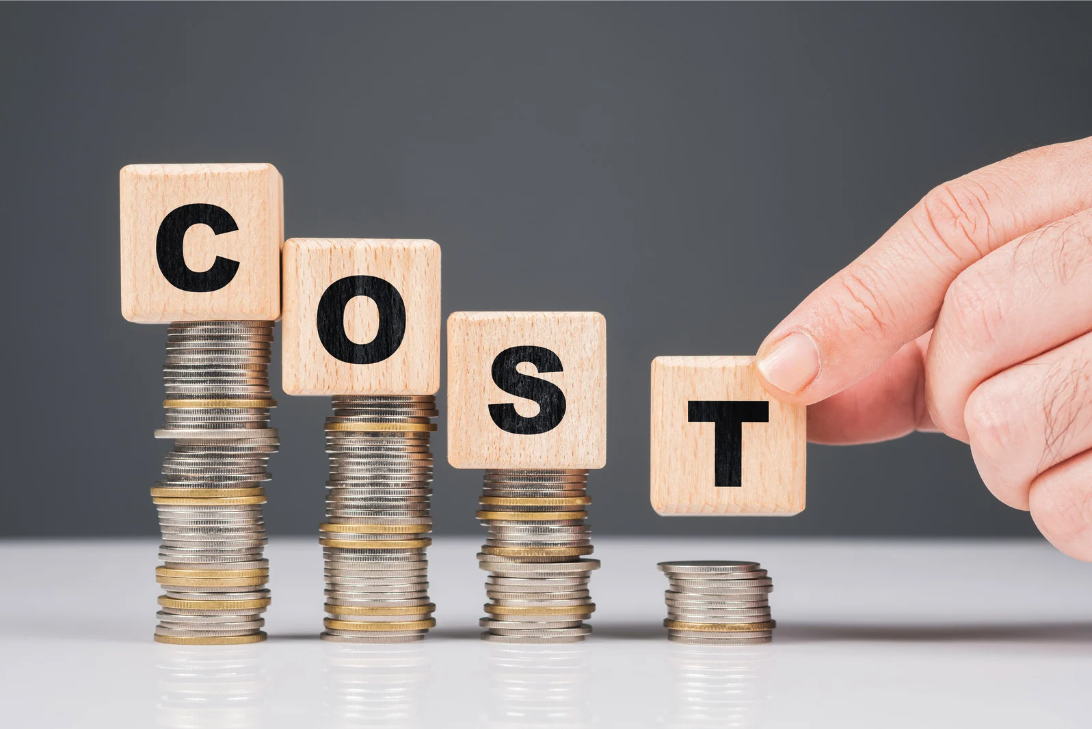How to measure the financial success of your PMO?
17 Jun 2024
In this edition of our newsletter, we delve into a topic crucial for every Project Management Office (PMO): measuring financial success. Understanding the return on investment (ROI) of your PMO is essential for demonstrating its value to the organization and securing continued support for its activities.
1. Define Financial Objectives Start by establishing clear financial objectives that align with your organization’s overarching goals. Consider factors such as cost reduction, revenue enhancement, and resource optimization.

2. Calculate PMO Costs Determine the total investment made into establishing and operating your PMO. This includes expenses such as personnel salaries, infrastructure costs, training, technology investments, and other operational expenses.

3. Quantify PMO Benefits Identify and quantify the benefits generated by your PMO in financial terms. These may include cost savings from improved project management practices, revenue from successful project delivery, avoided costs due to risk mitigation efforts, and increased customer satisfaction leading to repeat business.
 4. Calculate ROIUtilize the ROI formula to calculate the financial return on investment generated by your PMO:
4. Calculate ROIUtilize the ROI formula to calculate the financial return on investment generated by your PMO:
ROI=(NetBenefits/PMOCosts)×100%
Net Benefits = Total Benefits – Total Costs
This calculation provides insight into the efficiency and effectiveness of your PMO in delivering value relative to the investment made.

5. Monitor and Track Performance Continuously monitor and track the financial performance of your PMO over time. Regularly update cost and benefit figures, reassess financial objectives, and adjust strategies and initiatives as necessary to maximize ROI.

6. Benchmark Against Industry Standards Compare the ROI of your PMO against industry benchmarks or similar organizations to gauge performance relative to peers. This benchmarking exercise can highlight areas of strength and opportunities for improvement.

7. Communicate Results Effectively communicate the financial results and ROI of your PMO to key stakeholders, including senior management, project sponsors, and relevant parties. Clearly articulating the value generated in financial terms helps justify PMO investments and garner support for future initiatives.

By following these steps, you can effectively measure the financial success of your PMO and demonstrate its tangible contributions to the organization’s bottom line.
That’s all in this article. Once again, thank you visit us today.
Kailash
Kailash Upadhyay is a well-known trainer in the Project management field who has helped many professionals around the world to acquire PMP, PgMP, PfMP, MPI-ACP, and MS Project certification. You can reach out to him at [email protected] or over his LinkedIn network. https://www.linkedin.com/in/kailashupadhyay/




